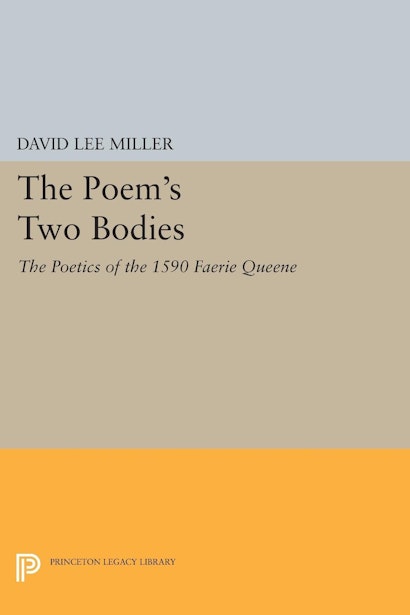The Poem's Two Bodies: The Poetics of the 1590 Faerie Queene


Hardcover
- Price:
- $130.00/£109.00
- ISBN:
- Published:
- Apr 19, 2016
- Copyright:
- 1988
- Pages:
- 314
- Size:
- 6 x 9 in.
Paperback
ebook
The role of the human body as a poetic and ideological construct in the 1590 Faerie Queene provides the point of departure for David Lee Miller’s richly detailed treatment of Spenser’s allegory. In this major contribution to the study of Renaissance literature and ideology, Miller finds the poem organized by a fantasy of bodily wholeness that, like the marriage of Arthur and Gloriana, is both anticipated and deferred in the text.
Originally published in 1988.
The Princeton Legacy Library uses the latest print-on-demand technology to again make available previously out-of-print books from the distinguished backlist of Princeton University Press. These editions preserve the original texts of these important books while presenting them in durable paperback and hardcover editions. The goal of the Princeton Legacy Library is to vastly increase access to the rich scholarly heritage found in the thousands of books published by Princeton University Press since its founding in 1905.